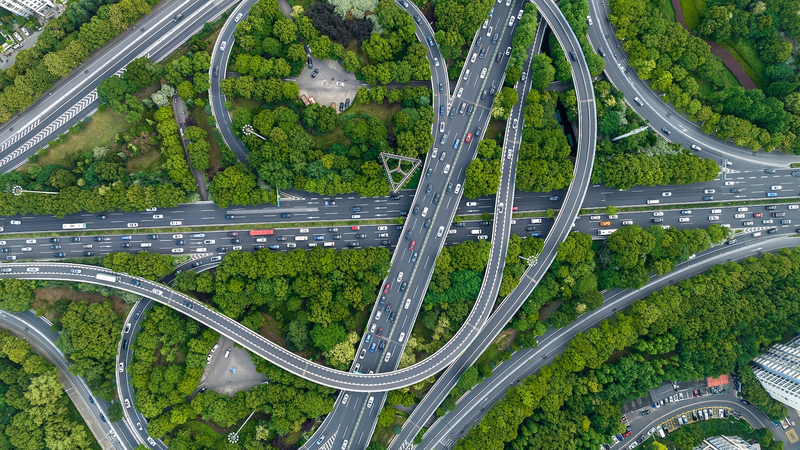In a landmark study published in Nature Ecology & Evolution, an international team led by the Weizmann Institute of Science reveals that human movement now outpaces the combined journeys of all wild land mammals, birds, and insects by a factor of 40. This striking finding underscores the far-reaching imprint of the Anthropocene on our planet.
By analyzing movement data spanning from the dawn of the Industrial Revolution to today, researchers found that human mobility has surged by 4,000 percent over the last 170 years. In contrast, marine animal movement has plummeted by about 60 percent in the same period.
The rise in human movement is driven by a mix of factors: global air travel, road networks that crisscross continents, and the digital nomad lifestyle that turns remote work into a passport to endless exploration. From daily commutes in megacities to long-haul flights connecting G20 capitals, our species leaves few corners of the planet untouched.
But this mobility comes at a cost. Expanded infrastructure fragments wildlife habitats, and increased greenhouse gas emissions accelerate climate change. Marine species suffer as ocean traffic and shipping lanes encroach on crucial migration routes.
Despite these challenges, the study highlights pathways for a more balanced future. Embracing sustainable travel modes—such as high-speed rail, electric mobility, and virtual conferencing—can help curb our collective footprint. Young entrepreneurs, thought leaders, and travelers are already pioneering eco-friendly solutions that redefine how we move.
As we chart the next chapter of the Anthropocene, this research invites global citizens to reflect on our mobility habits. By reimagining travel and connectivity, we can foster a world where human innovation and natural ecosystems grow in harmony.
Reference(s):
Study reveals humans move 40 times more than all wild animals combined
cgtn.com




